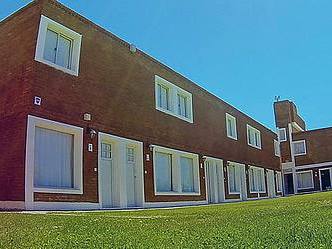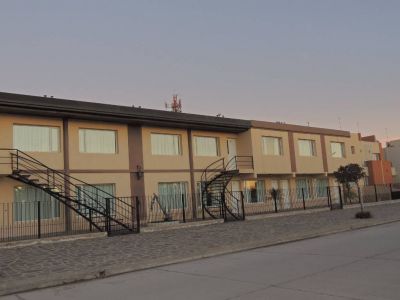We set out towards Florentino Ameghino Dam early in the morning, getting away from the sea and the steppe to spend one day in the open air. To reach the dam from the City of Trelew, we took National Route 25 and traveled 114 kilometers up to the District of Las Chapas. Once there, at the crossroads, we turned left into Provincial Route 31 to cover the remaining 12 kilometers. On the other hand, there are two alternatives from Comodoro Rivadavia: the first one is to travel 370 kilometers along National Route 3 up to the City of Trelew; the second one is to travel 238 kilometers along National Route 3 up to the District of Uzcudún and once there take Provincial Route 31 and cover 86 kilometers along a gravel road up to Villa del Dique (The Dam's Village). Those interested in going on this excursion should contact the travel agents that sell the tour to the dam. In that case, the tour starts at the City of Trelew taking Route 3 and, after a stretch, it takes the detour to show the recently found petrified woods. After getting off the vehicle, a small hike across the countryside leads to a site where visitors will see several logs turned into stone among coirones, witnesses to a prehistoric Patagonia that is waiting to be discovered.
The Walls of Florentino Ameghino Dam
Upon reaching the dam, we observed a reddish ravine teeming with willows and houses on both margins of the Chubut River. The Chubut runs between steep walls of a deep red hue along several kilometers until it finally gives shape to an artificial lake that occupies approximately 7,000 hectares.
The dam was inaugurated in 1963 and its construction took 20 from the moment it was planned by engineer Antonio Pronsato. It was then that the first workers of the dam started to settle down at the foot of the incipient construction. It is more than clear that the history of the dam and the village named after it may not be told separately.
Matías Castro Sahilices
Jorge González
Contact of the excursion or tour
Flamenco Tour
Belgrano 25 - Local 1, Puerto Madryn, Chubut, Agentina
Phone: +54 280-4455505
Cell phone: +54 280-5070934



















